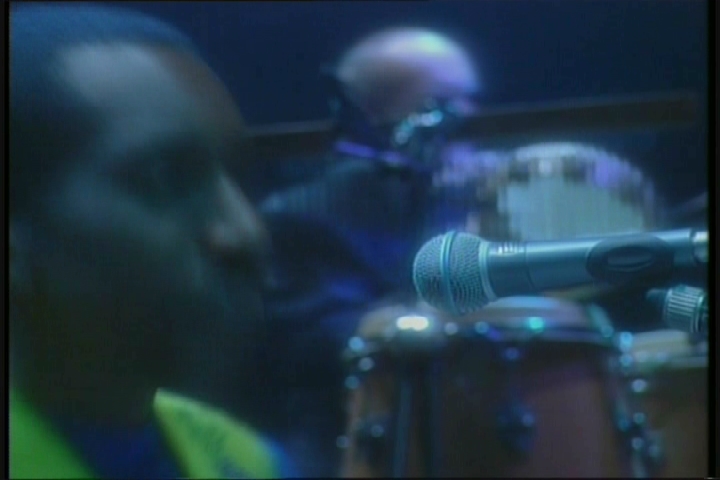Macro-Blocking
MPEG video compression is a lossy compression method.
In essence, an MPEG compressor looks at a video image, decides what is
important information, and discards unimportant information. If the compressor
discards information which is in fact important to the overall image, then
this becomes evident in the final image. When an MPEG compressor is analyzing
a picture, it divides the picture up into pixels. More pixels are stored
from areas of the image which the compressor considers important. In less
important areas of the image, less pixels are stored. This has the effect
of decreasing the resolution of the resultant image in less important areas
of the image. In effect, fewer but larger pixels are stored in unimportant
areas of the image. The visual effect of this is that areas of the background
appear less defined and more blocky than the foreground image.
Compression algorithms are very good, but not perfect,
and sometimes the compressor inappropriately deems areas of the image to
be less important than others. This typically affects the backgrounds of
images, and particularly affects darker background areas of the image.

Eric Clapton: 24 Nights 39:44
|

Close up of the macro blocking in the left image. Note the dramatic
difference in resolution between the microphone and the tambourine. In
this case, the MPEG encoder has incorrectly assigned this image to background
priority.
|